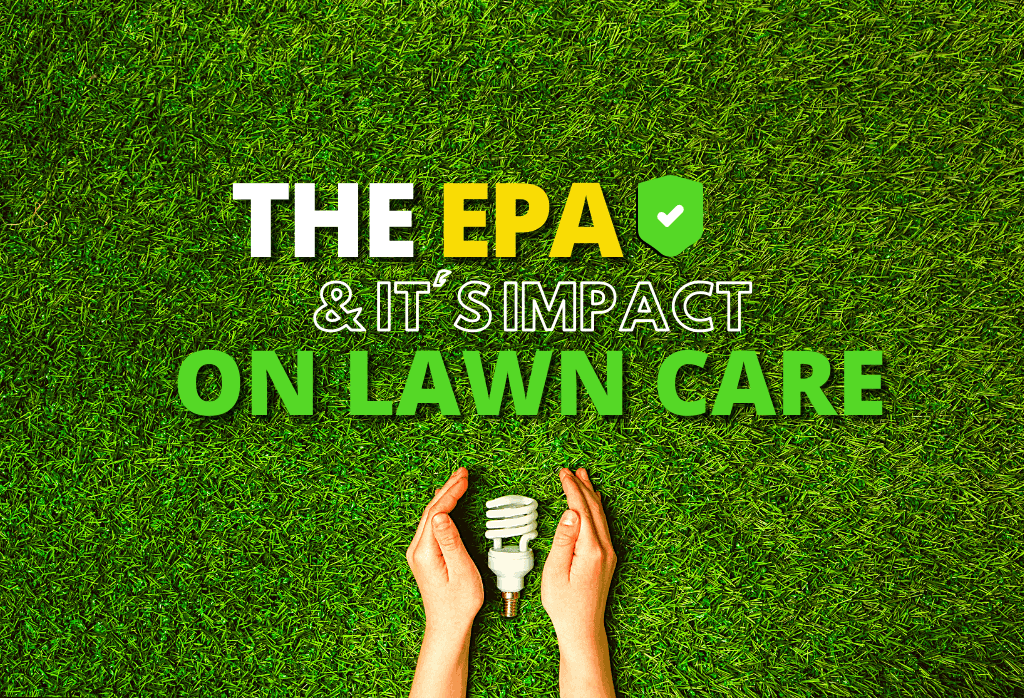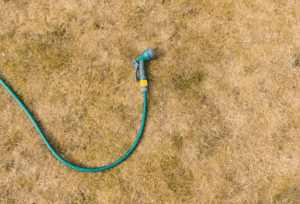The EPA And It’s Impact On Lawn Care
Almost 50 years ago, before 1970, the environment in America was at risk from all manner of contamination; smog blanketed most major cities and urban air was laden with a multitude of potentially harmful chemicals.
Recognizing the need to protect the health of people and the environment, President Richard Nixon announced the establishment of the Environmental Protection Agency in 1970, launching a bipartisan mission to clean up America.
Looking back, it’s hard to believe that, before 1970, children played in the fall-out of toxic smoke, belched from a variety of industrial plants and businesses. Rivers, lakes and streams were used as dumping grounds for industrial waste and sewage. Lead particles in the air were at potentially harmful levels in cities across the country and cancer causing asbestos lined buildings everywhere.



Enter the EPA. While nobody favors unnecessary regulations, the fact is that America’s air and water were substantially cleaned up; new standards were established to ensure future health of our population along with environmental sustainability. It happened because of the EPA’s focus on those very objectives. And, the good news is…it worked!
Todays children have lead blood levels less than 10% of those measured in the 1960s. That, and many other environmental improvements have resulted in a cleaner and healthier America.
Few would believe that in 1952, and more than a dozen times after that, debris and flammable material in the Cuyahoga River in Cleveland, caught fire, sending dangerous flames five stories high in the city sky. Still, it happened.
With few clean-up standards and safety procedures, oil spills were numerous; from San Juan to Santa Barbara, thousands of gallons of contaminated crude oil killed wildlife and destroyed Caribbean reefs.
And it’s hard to forget the Alaskan oil spill disaster, a massive spill requiring literally years to clean up and what will be hundreds of years of recovery before wildlife is again at pre-spill levels. So, was it all worth the government’s intervention. Absolutely.

The question is, how far should environmental regulation go? Must the government regulate everything that impacts the environment? The answer is that whenever a business or organization operates in a way that necessarily has the potential to impact our health or the health of our environment, the answer is, yes.
Does that mean the EPA must be unnecessarily intrusive, dictating, and restricting reasonable operations? Of course not. And, while, at times, the EPA has gone to extremes in regulating businesses, like lawn care services and the manufacture and sale of lawn care chemicals, after almost 50 years the industry has thrived. Safer and more environmentally sensible products have been developed and companies operating in the “green industry” are doing just fine, thank you very much!


When compared to 50 years ago, control products are more targeted. Fewer broad spectrum products are available. A process, dubbed IPM or Integrated Pest Management directs us to focus on singular situations vs. dumping more than necessary chemicals on lawns in an effort to control every possible pest with a single application. And the IPM approach has taught us that, before using any chemical, it is often possible to control problems in the lawn culturally, with proper mowing, watering and fertilization. Does taking an IPM approach make sense? Does it mean that more work may be required to maintain a beautiful lawn, possibly, yes. Is that reasonable? Yes.
Summing up the EPAs impact on the lawn care industry, it’s fair to say that manufacturers, sellers, and users of lawn care chemicals that impact the environment daily, must be more aware of the short and long-term effects of using those very materials on home lawns and commercial properties, municipal parks, and other recreation areas.
No question about it, turf management today requires a professional approach; knowledge of primary pest situations, and the ability to control them with minimal chemical use. Today, greater emphasis is placed on building great lawns; creating a turf that, when maintained in the healthiest, most vigorous condition, will withstand pest invasions and the spread of unwanted weeds. All of this, the focus on building stronger lawns, the focus on using targeted pesticides when and where cultural practices are not enough, it all stems from that moment in 1970 when those forward-thinking, concerned Americans, led by the President of the United States, established the EPA.
To review the EPA’s mission and organization, click here.
Join Our Free Lawn Care Newsletter
Stay Up to Date With The Latest News & Updates
* We don’t share your info with anyone ever.







